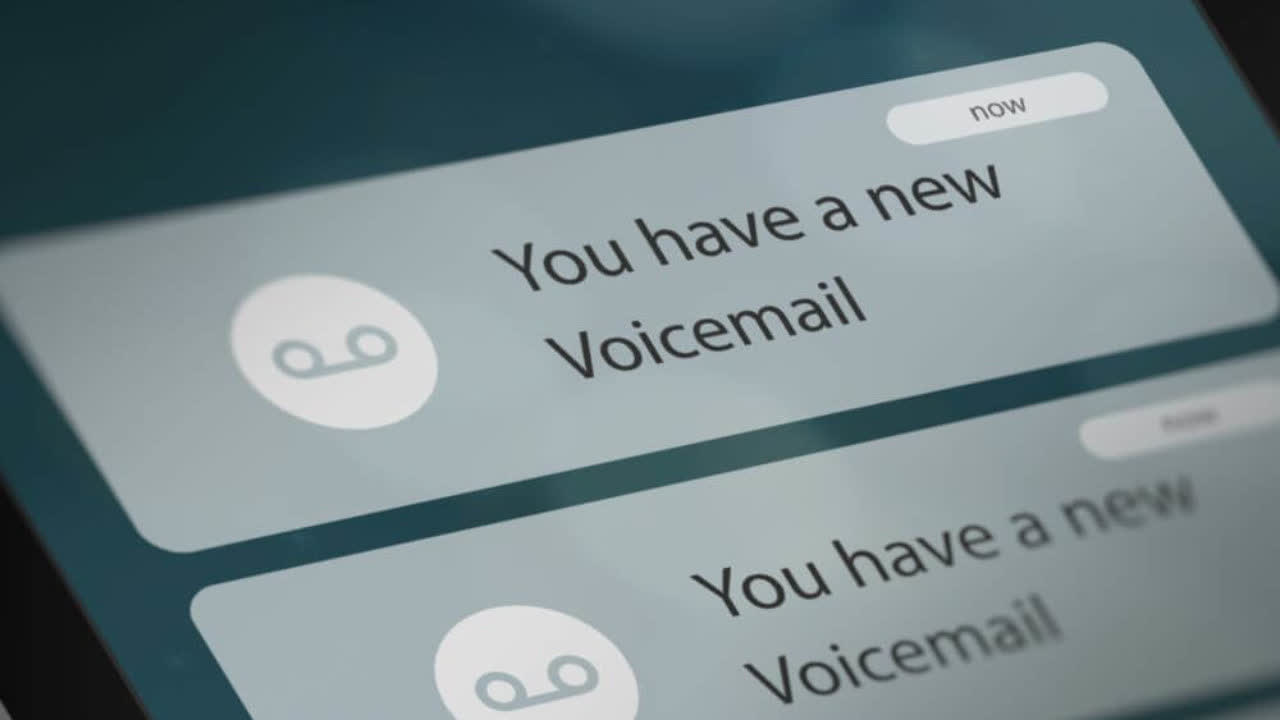In a nutshell: Have you ever found a voicemail message sitting in your inbox, but don't recall hearing your phone ring? If so, you likely received what's known in the wireless industry as a ringless voicemail. They're as annoying as you'd think and fortunately, the Federal Communications Commission wants to do more to protect consumers from them.
Chairwoman Jessica Rosenworcel has shared an action with colleagues that, if adopted, would require callers to obtain consumers' consent before delivering a ringless voicemail.
"Ringless voicemail can be annoying, invasive, and can lead to fraud like other robocalls---so it should face the same consumer protection rules," Rosenworcel said. "No one wants to wade through voicemail spam, or miss important messages because their mailbox is full."

According to Arbeit, there are two ways ringless voicemail can happen. The first is by dialing the same number twice at the same time. When this occurs, one caller will be sent directly to voicemail and the other will be disconnected - and often times, the target's phone never rings. Another method involves a caller dialing a carrier-provided number to gain direct access to voicemail.
Rosenworcel's proposal would categorize ringless voicemail under the Telephone Consumer Protection Act, which protects consumers from unwanted robocalls.
The FCC hasn't set a date to vote on the proposal, and even if it does pass, consumers should probably temper their expectations. There are already plenty of laws on the books and protections to shield consumers from scam calls, yet in 2021, attempts still managed to hit an all-time high. Worse yet, nearly a quarter of Americans lost money to phone scams last year, with the average loss being just over $500.
